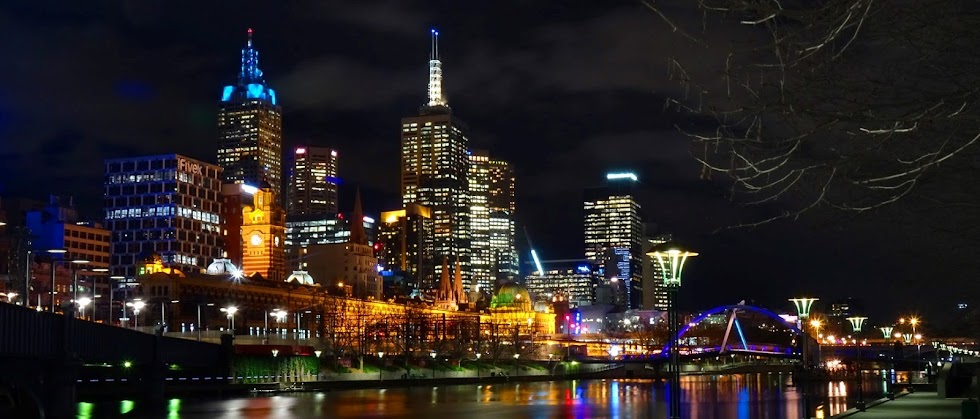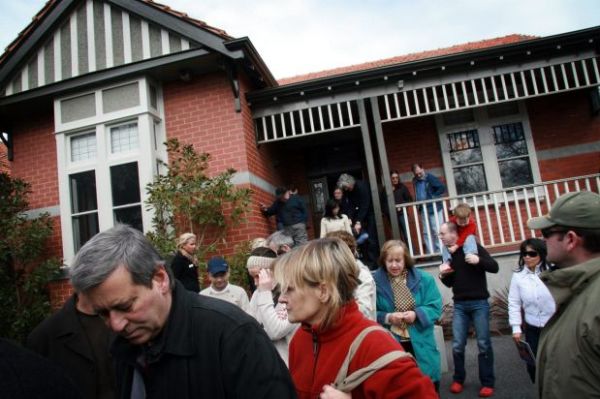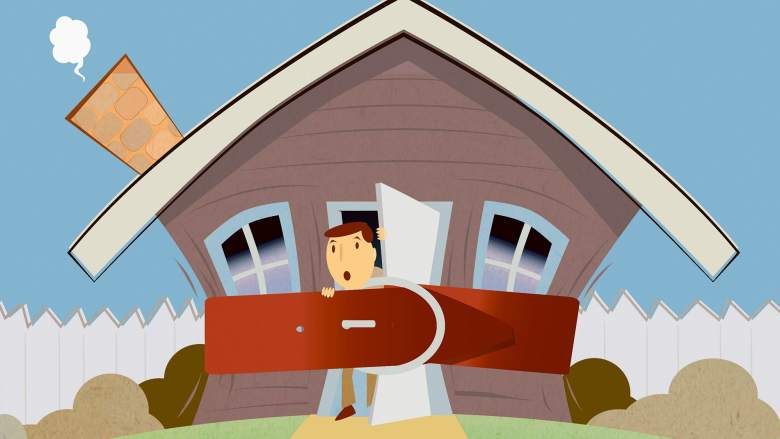Post to Facebook on 12/11/2018 at 5:00 PM
Commenting on “Housing slump set to be the largest in nearly 40 years”
https://www.domain.com.au/news/more-than-half-of-australians-spend-less-than-an-hour-inspecting-a-house-before-they-buy-it-20180226-h0wnv8/
If you are not a commercial property investor or a big time investor, it is important to keep in mind whether you are buying the first property or the 10th one, you must not just rely on your gut feel, or take the advice of someone that you know including a professional buyer's advocate, to buy the property WITHOUT inspecting it by yourself personally. It is more critical if you are going to live in it.
I have said many times that I am a pessimistic optimist. When inspecting a potential investment property, I look for all the telltale signs of expensive maintenance and restoration, and then analyse the worst case scenario. What I mean is that how much money I have to spend to fix up the existing problems, and any tangible and intangible items that can burn a big hole in the wallet, before I can declare it a viable investment proposition.
If I spend a lot of my preciously time to inspect a property, I do have an intention to invest in it. I do go through the property with a fine tooth comb, and estimate the cost of maintenance, repair and extension.
Whenever I go for an inspection, I make sure I am in a reasonably good mood. Indeed, I either treat it as a shopping day, or like going to an art exhibition. To be honest, I only go to art galleries when I travel overseas. It is difficult to detect good and bad vibes if I am not in the right frame of mind.
Investing in real estate requires a lot of money, and a wrong decision can result in financial setback and affect health wellbeing lasting for years.
This blog is going to be a very valuable guide to property inspection. This is just for superficial inspection and has nothing to do with structural inspection which requires a professional to carry out. I highlight numerous negatives below for you to take note of:
At the front door
Interior
Go round the block
No matter how much you like the property, if there are too many defects require out-of-pocket expenses beyond your anticipated budget, you have to walk away from it, UNLESS you have enough backup money you can utilise.
Once you have decided to walk away from a property, do not regret in future even if the capital growth is substantial.
Knowledge is POWER. I hope I have empowered you to make better informed decisions. I welcome your comments.
Thank you for reading.
Commenting on “Housing slump set to be the largest in nearly 40 years”
https://www.domain.com.au/news/more-than-half-of-australians-spend-less-than-an-hour-inspecting-a-house-before-they-buy-it-20180226-h0wnv8/
If you are not a commercial property investor or a big time investor, it is important to keep in mind whether you are buying the first property or the 10th one, you must not just rely on your gut feel, or take the advice of someone that you know including a professional buyer's advocate, to buy the property WITHOUT inspecting it by yourself personally. It is more critical if you are going to live in it.
I have said many times that I am a pessimistic optimist. When inspecting a potential investment property, I look for all the telltale signs of expensive maintenance and restoration, and then analyse the worst case scenario. What I mean is that how much money I have to spend to fix up the existing problems, and any tangible and intangible items that can burn a big hole in the wallet, before I can declare it a viable investment proposition.
If I spend a lot of my preciously time to inspect a property, I do have an intention to invest in it. I do go through the property with a fine tooth comb, and estimate the cost of maintenance, repair and extension.
Whenever I go for an inspection, I make sure I am in a reasonably good mood. Indeed, I either treat it as a shopping day, or like going to an art exhibition. To be honest, I only go to art galleries when I travel overseas. It is difficult to detect good and bad vibes if I am not in the right frame of mind.
Investing in real estate requires a lot of money, and a wrong decision can result in financial setback and affect health wellbeing lasting for years.
This blog is going to be a very valuable guide to property inspection. This is just for superficial inspection and has nothing to do with structural inspection which requires a professional to carry out. I highlight numerous negatives below for you to take note of:
- Streetscape - uncomfortable with or don't like the street? Forget about inspecting the property
- Front/rear garden/yard - too messy, or too nice, too big to maintain? Too much headache and waste of time and money
- Too many big tall trees, too close to building - Roots can damage underground pipes, Leaves drop in gutter and block water flow
At the front door
- Turn around to view the front - unpleasant view, blocked by tree or other object? Big minus
- Turn back to face the interior - back door directly open to the other end - good airflow, but bad Feng Shui according to expert
- Lighting of entrance - dim, dark and unwelcoming - bad vibes
- Long passage way - dungeon, close-in - long road to success feeling
Interior
- Plenty of natural light - a feel good factor
- Rotten timber floors, window frames, skirting - may be very costly to replace
- Creaky noisy floor - may require re-stumping
- Floor board - may require re-polish, replace with floating floor
- Carpet - require steam clean, re-carpet, remove to polish, or cover by other materials
- Mold and mildew on walls near ceiling - bad ventilation, require new exhaust fan, can be difficult to remove mildew permanently, may be blocked gutter
- Mold and mildew on walls near floor level - rising damp, water rises from ground
- Bathroom - may require update, tapware
- Kitchen - check conditions / existence of kitchen cabinets, stove, oven, exhaust, wall, smoke detector, not enough space for modern fridge
- Laundry - laundry trough, not enough room for washing machine
- Heating system / cooling systems - new installation cost a lot
- Unusual, unpleasant smell - occupiers consumed or prepared drugs
- Yellow spots on wall near ceiling - occupiers used building as a drug lab
Go round the block
- Rotten timber fascia board, weather board - costly to repair or replace
- Aged gutter, downpipe - costly to replace
- Big crack in walls - may be very costly to fix, may not be able to fix
- Big crack in concrete driveway - may require repair or rebuild
- Fence - costly to replace. Unlikely neighbours want to replace instead of repair
- Swimming pool - unless it is used frequently, a costly feature to have
- Empty swimming pool - a possible cracked or leaky pool
No matter how much you like the property, if there are too many defects require out-of-pocket expenses beyond your anticipated budget, you have to walk away from it, UNLESS you have enough backup money you can utilise.
Once you have decided to walk away from a property, do not regret in future even if the capital growth is substantial.
Knowledge is POWER. I hope I have empowered you to make better informed decisions. I welcome your comments.
Thank you for reading.



